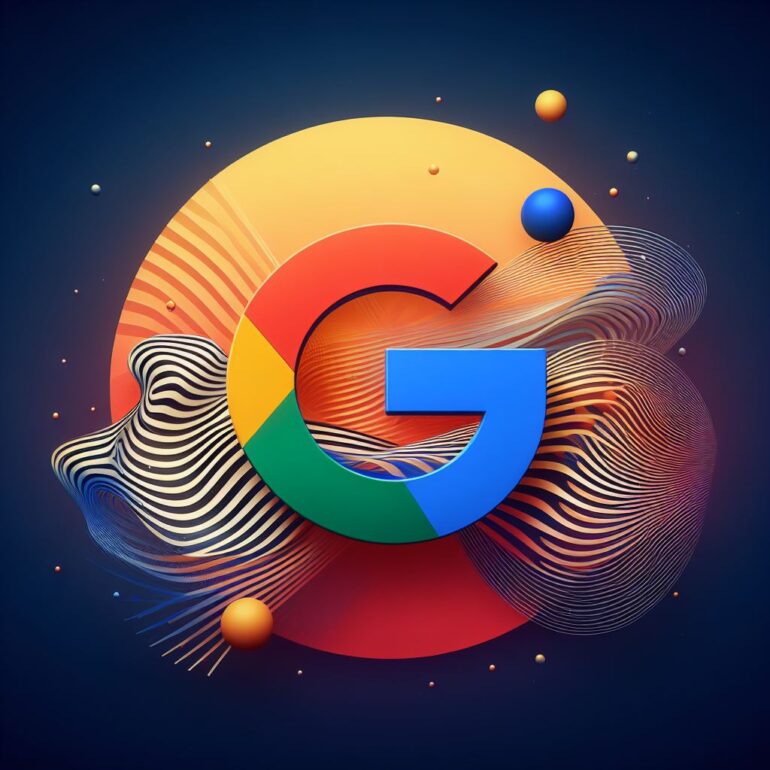TL;DR:
- Google’s AI researchers augment large language models (LLMs) with other language models.
- The innovation eliminates the need for costly retraining and fine-tuning sessions.
- Augmented LLMs show a 40% improvement in coding tasks.
- Translation tasks also benefit from this approach with a 13% enhancement.
- The potential impact extends to addressing legal challenges in the AI sector.
- Google’s strategy offers a path to mitigate costs and scale LLMs effectively.
Main AI News:
Google has harnessed the power of artificial intelligence (AI) to enhance coding capabilities, marking a significant breakthrough in the field. The team of AI researchers at Google Research and Google DeepMind has pioneered a method to augment a large language model (LLM) with other language models, resulting in a remarkable 40% improvement in coding proficiency.
This innovative approach addresses a longstanding challenge associated with LLMs. By enabling developers to infuse existing models with new capabilities, it eliminates the need to start from scratch or undergo costly retraining and fine-tuning processes. This breakthrough not only enhances performance in existing tasks but also unlocks the potential for entirely new applications beyond the scope of standalone models.
The experiments conducted at Google Research utilized PaLM2-S, an LLM model comparable to GPT-4, which powers OpenAI’s ChatGPT. PaLM2-S was initially benchmarked in isolation and then subjected to augmentation with smaller, specialized language models. The tasks undertaken encompassed translation and coding, revealing impressive improvements. For instance, the augmented version excelled in translation tasks, achieving a remarkable 13% enhancement over the baseline.
Moreover, in coding tasks, the hybrid model exhibited significant advancements, as stated in the research paper: “Similarly, when PaLM2-S is augmented with a code-specific model, we see a relative improvement of 40% over the base model for code generation and explanation tasks—on-par with fully fine-tuned counterparts.”
The potential implications of these performance gains extend beyond the immediate horizon. Enhanced translation capabilities, especially for languages with limited support in English, address a longstanding challenge in machine learning. Google’s pioneering work in this domain promises to have a transformative impact.
Nevertheless, there exists a broader context in which this research may play a pivotal role. Tech industry leaders have faced legal challenges related to the use of copyrighted data in training AI models. The legal question revolves around whether for-profit entities can legitimately employ such data for training language models. If courts were to rule against the use of such data and mandate the purging of models trained on copyrighted material, it could render products like ChatGPT economically unviable in a more regulated AI landscape in the United States.
However, Google’s novel LLM augmentation strategy offers a glimmer of hope. Further development and refinement of this approach may alleviate the substantial costs and resource-intensive nature of creating or retraining LLMs. It has the potential to reshape the AI landscape and provide a path forward for the continued evolution of AI-driven services.
Conclusion:
Google’s breakthrough in augmenting LLMs with other language models signifies a game-changer for the AI industry. This innovation not only significantly enhances coding and translation tasks but also has the potential to address legal challenges related to AI models trained on copyrighted data. It opens up new possibilities for cost-effective scaling and development, paving the way for continued growth in the AI market.

